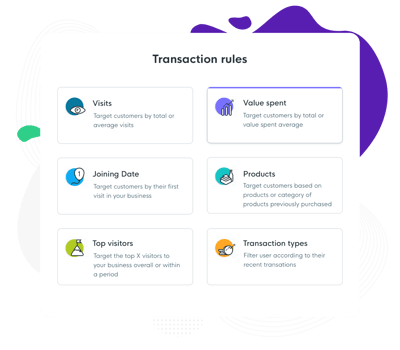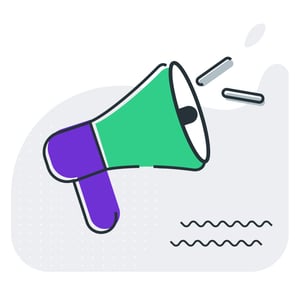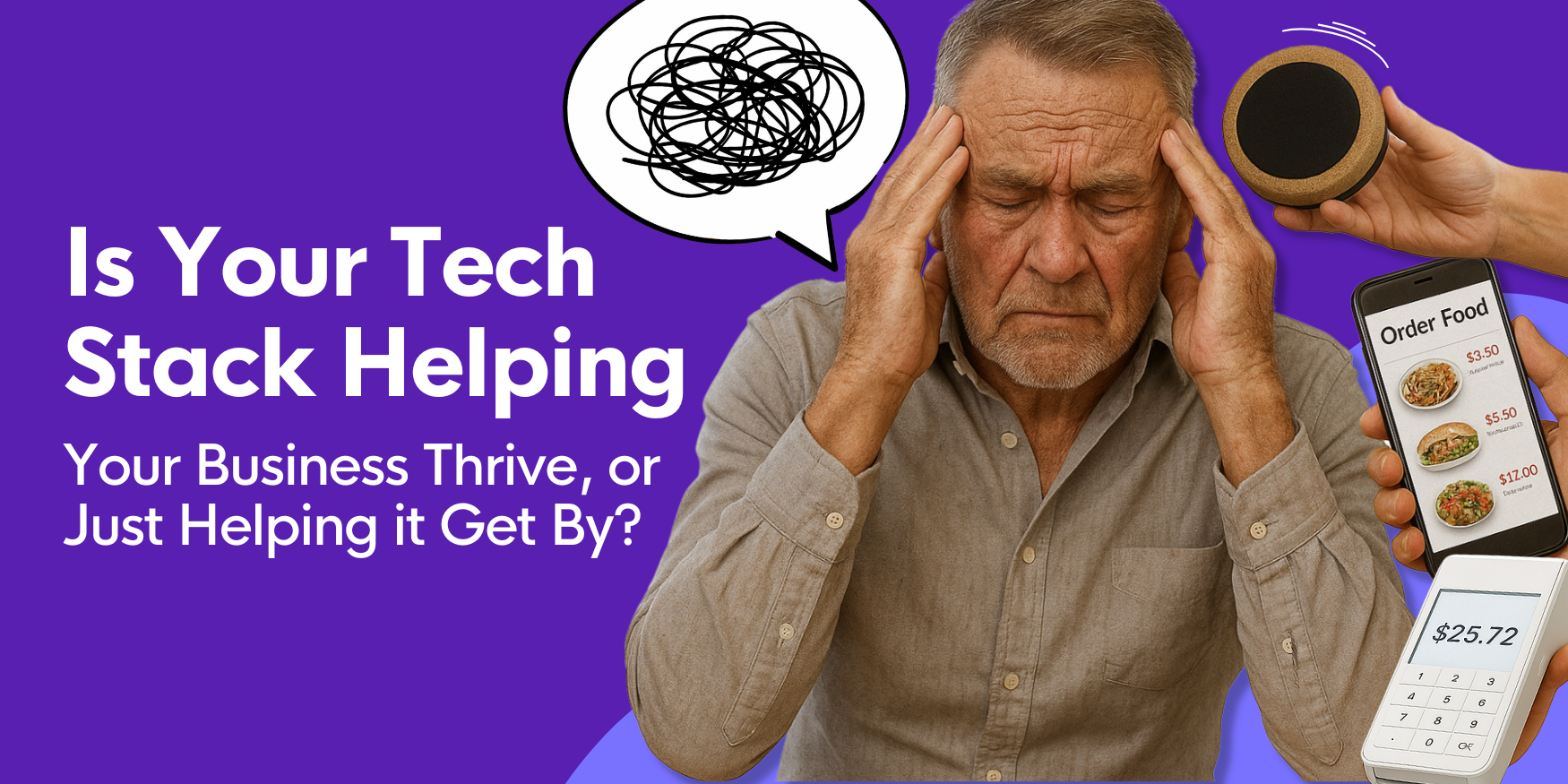What You Need to Know About Segmenting Your Customer Base
In business, you will often read and hear about the value of your data and how you should use it. But as a busy small business owner, it can definitely be daunting even knowing where to start. In this blog, we will cover a key way you can make your customer data more digestible and actionable through segmentation.
The importance of segmenting your customer base
Customer segmentation is the process of dividing your customer base into groups based on shared characteristics, such as demographics, needs, or buying habits. It’s important to segment your customers because it will allow you to better understand who they are and what they want. This, in turn, helps you to target each customer segment with the right marketing messages and products/services, which will lead to increased sales and a better bottom line.
How to segment your customers
In order to identify your customer segments, you need to first gather information about them. You can then use this information to create customer profiles for each segment, which will help you to better understand what each segment wants and needs.
There are a number of different ways to segment your customer base, and the most effective approach will tend to vary depending on your business. However, some of the common methods of customer segmentation include:
- Geographic: Dividing customers based on their location (e.g. by country, state, city, etc.)
- Demographic: Dividing customers based on their age, gender, income, education level, etc.
- Psychographic: Dividing customers based on their lifestyle, values, and interests
- Behavioural: Dividing customers based on their past buying habits (e.g. how often they buy products/services, what products/services they buy, etc.)

You can collect data in a number of ways, such as through customer surveys, customer interviews, social media, website analytics and your sales data. And once you have the information, you also need to store it in a way that is easy to access and use.
Collecting and storing customer data can be done through customer relationship management (CRM) software, or a platform like LoyLap which will allow you to track customer data and interactions over time. For example, a business using LoyLap Loyalty can ask their customer about things like age and gender, but also automatically collect and update data about that particular customer's spending habits, product preferences, visit frequency, and more when they collect their loyalty points with each purchase. LoyLap also provides businesses with a selection of popular pre-built segments, or of course, you can customise your lists according to your needs.
What next when you have identified your segments?
Once you’ve identified the different segments of your customer base, you need to figure out what they want and need. What are their motivations? What are their goals? What are their frustrations?
 From there, you need to determine how to best target them. This includes determining the right marketing channels to use (e.g. social media, email marketing, paid ads, etc.), the right marketing messages to send, and the right products or services to offer them.
From there, you need to determine how to best target them. This includes determining the right marketing channels to use (e.g. social media, email marketing, paid ads, etc.), the right marketing messages to send, and the right products or services to offer them.
For example, if you are launching a new vegan burger, it is reasonable to assume that customers who have purchased the vegan sandwich on your menu will be most interested in hearing about it. So try letting them know first and offering them 50% off during launch week.
Another example would be if you notice that a lot of your customers are buying a certain type of product, you might want to consider bundling that product with some complimentary items and then launching it as a special offer to that segment of customers. The main benefits of this tactic are twofold;
- You know this group of people are already interested in the main product in the first place, meaning you can confidently communicate your offer without annoying those who are less likely to be interested.
- Bundling with the complimentary items creates the opportunity to introduce new products to the audience. Not only does your bundle have the potential to increase the average order value in the short term, but also increase future sales with repurchases of the newly introduced products.
Benefits of customer segmentation
Segmenting your customer base can seem like a lot of work, but by understanding your customers, you can speak more closely to their needs and interests, and that will help you to attract more customers and make more sales. The benefits of segmentation are plenty, but here are a few of the most important ones:
- Increased sales: When you target each customer segment with the right marketing messages and products/services, you will see an increase in sales.
- Improved customer loyalty: When you understand what each customer segment wants and needs, you can better serve them in a way that feels more personal which will lead to increased customer loyalty and brand awareness.
- More efficient marketing: By targeting specific customer segments with the right marketing messages, you can save time and money on your marketing efforts while also getting better results.
- Identify expansion and growth opportunities: Creating segments of your customer base will help you derive more insight than viewing it as a whole. Learning about what each group wants and needs can help you to determine which products or services to offer them, as well as the best way to reach them.
Measuring the success of your customer segmentation
Once you’ve created your customer segmentation strategy, the next step is to track its success. One of the main ways you can do this is by tracking sales data to see if there is any correlation between certain segments and increased sales.
You can also measure metrics like engagement and retention. Engagement refers to how often customers interact with your brand. This can be quantified by looking at metrics such as website traffic, social media interaction, and email open rates. While retention measures how long customers remain active within your customer segment. A high retention rate indicates that customers are satisfied with your offering.
By tracking the success of your strategy, you can fine-tune it over time to ensure that you’re delivering the best possible service to your customers and also maximising the value of your data to your business.
Avoiding common customer segmentation pitfalls
When it comes to segmenting your customer base, there are a few common pitfalls to avoid:
 One of the main ones is trying to appeal to too many people at once, as this can lead to diluted messaging that falls on deaf ears and a lack of focus. The more targeted you are, the more personal you can be and the better the results you will get.
One of the main ones is trying to appeal to too many people at once, as this can lead to diluted messaging that falls on deaf ears and a lack of focus. The more targeted you are, the more personal you can be and the better the results you will get.- Another common pitfall is using outdated or irrelevant information when dividing customers into groups. There needs to be a certain amount of fluidity to your segments that will allow for the changing tastes, habits, and priorities of your customers. Customers may flow in and out of certain segments or leave others permanently so it is important to keep your information as current as possible.
- Finally, keep in mind that not all customers are created equal. Some customers and segments of customers will be more important to your business than others, so it’s important to identify and focus on your most valuable segments. Trying to appeal to everyone is ineffective and can actually lead to lower profits.
To sum up
Customer segmentation is a powerful tool for small businesses that can make the customer experience more personalised and lead to increased sales. Segmenting your customer base also helps you find out what products or services are in demand, which channels work best, as well as better measure success and develop actionable insight. You should avoid common pitfalls like trying to appeal too broadly, using outdated information and focusing on only the most valuable customer segments. By taking the time to understand your customer base, you can create an effective marketing strategy that will help your small business grow.
Leave a comment below and let us know how you go about segmenting your customer base!
.png?width=110&height=53&name=tl%20(1).png)




.png)
Leave a comment